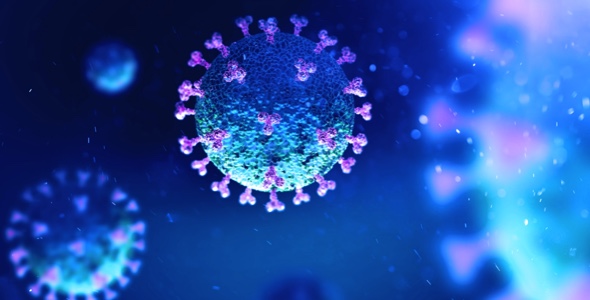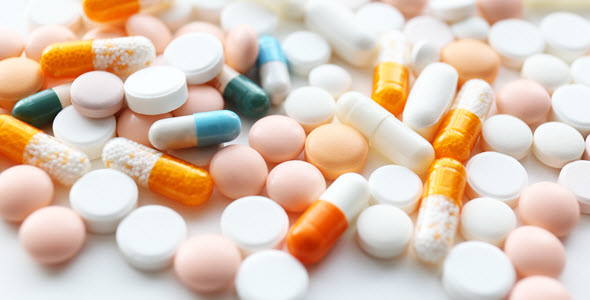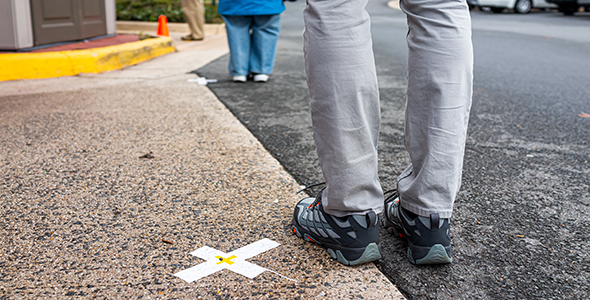Unlike bacteria and fungi, viruses exist in a gray area between “living” and “non-living” because of the way they are structured and how they reproduce. As we face down the COVID-19 pandemic, it’s important to understand not only how viruses work, but how our immune system responds.
How Has The COVID-19 Pandemic Impacted Stewardship Efforts and Antibiotic Use?
Diagnostics can play a role in stewardship throughout the pandemic by facilitating a quick diagnosis of COVID-19 and identifying if there is also a bacterial co-infection.
Giving Blood Safely During the COVID-19 Pandemic: A Way to Make a Difference
Did you know that every two seconds someone in the U.S. needs blood? But, only 3% of age-eligible people donate blood annually. Donating blood is essential to community health and the need for blood is constant. One donation can potentially save up to three lives.
Testing for COVID-19 Antibodies May Help Inform Public Health Policies for “Getting Back to Normal”
An important piece of information that we lack is an accurate picture of the current spread of COVID-19. One way to get that information is to deploy widespread and high-quality serologic antibody testing.
The Value of Diagnostics in Combatting Antimicrobial Resistance – A Public Health Problem
At this year’s World Anti-Microbial Resistance Congress, Dr. Tristan Timbrook delivered a...
Lindsay Denny Discusses the Critical Role of WASH in Preventing Infectious Diseases and Fighting Antimicrobial Resistance
WASH, which stands for water, sanitation, and hygiene, are basic...






